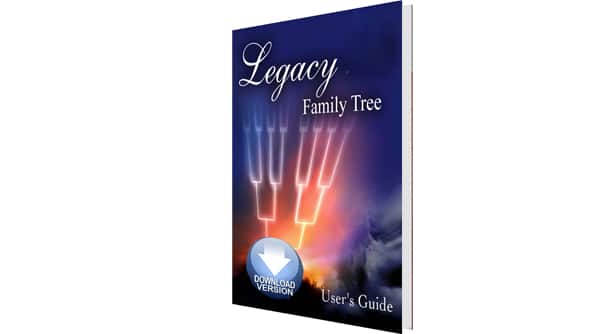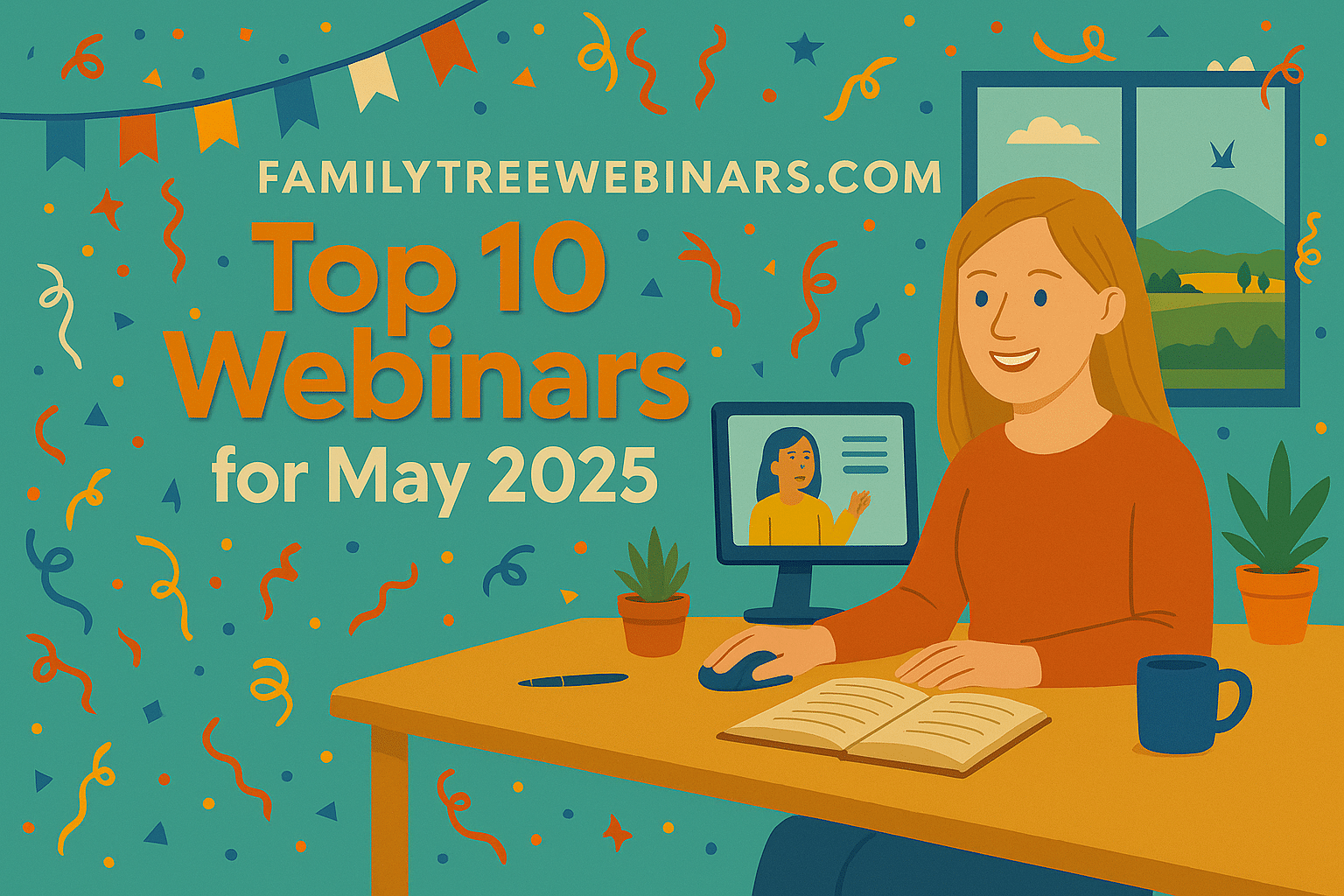Sometimes we are happy to find just one source that provides information about a genealogical fact. Other times we might be delighted to learn that all ten sources you reviewed stated the same information. Which is better – quantity or quality of sources?
In researching Joshua Marsden Thompson’s family, I found a reference to a William Marsden Thompson in a compilation that had been published online. Knowing that Marsden is not that common of a name, I investigated further. I found numerous compilations online – published genealogies, message boards and mailing lists – all providing the identical given name.
Because all of these sources gave the same information does not provide the evidence to make a sound conclusion. In fact, Elizabeth Shown Mills, in her new book Evidence Explained, teaches:
We cannot base conclusions on the number of times a source or fact is cited; a dubious factoid repeated over and again cannot outweigh a reality correctly reported by a single, impeccable source….Multiple sources for a particular statement confirm each other only when each is a reliable source of independent origin offering firsthand knowledge.
Applying these concepts, I located the researcher who originally published information about William. I politely requested that they share with me where they found information about William’s name. They said they found his name on the headstone where he was buried. My interest naturally led me to asking if they would send me a photo of the headstone. When the photo arrived, they apologized because the name was not actually William, it was Joshua. They stated that somewhere along the way, they mixed up the names in their data entry.
A headstone is still probably not the best source to offer firsthand knowledge of a name, but had I relied on information that came from this publication, even though it was confirmed by many other sources, I would have propagated the same incorrect information.



I have only been compiling my family tree for about 2 years. Like Laminda I have done the same as many did when they started, much of my info has come from trees & websites compiled by a whole assortment of people. I have recorded very little documentation. Where I have found my own evidence I haven’t recorded the source so I hope my memory doesn’t fail me. Thanks for all the advice listed here. Looks like I’ve got a lot of ‘Documentation’ work ahead of me.